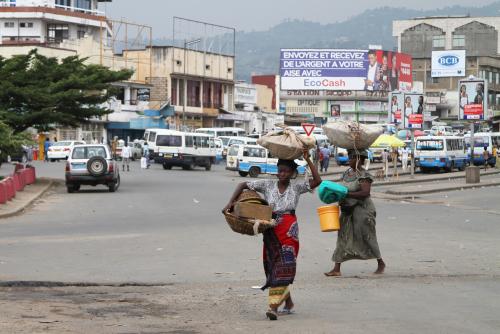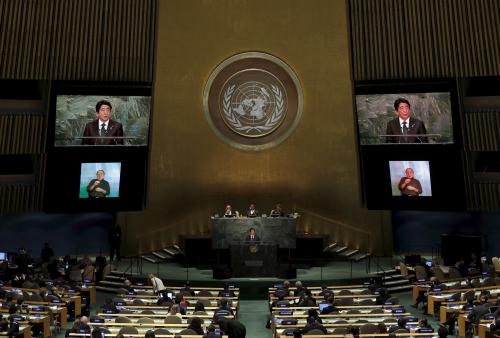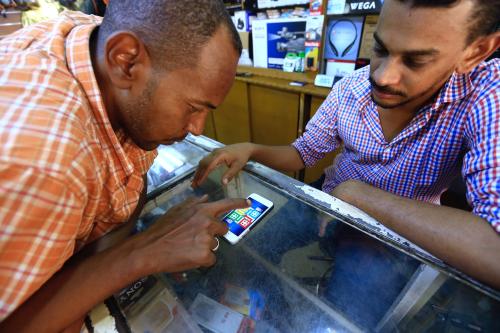Published in April, the World Bank’s 2017 Atlas of Sustainable Development Goals (SDGs) graphically represents progress of countries toward meeting SDG targets. The atlas extracts data from the World Development Indicators database and presents in infographic highlight the process made so far. Goal 5 of the SDGs aims to “Achieve gender equality and empower all women and girls.” In past years, African countries have made strides in economic and political empowerment for women. In Rwanda for instance, 63 percent of parliament seats are held by women. In Senegal, Seychelles, South Africa, and Namibia, more than 40 percent of seats are held by women. The OECD average for this figure only lies around 30 percent. Nevertheless, in many African countries, women still face many differences in treatment vis-à-vis their male counter parts. Notable restrictions on women often come in the form of regulations on their ability to pursue and hold entrepreneurship and employment.
Taken from the Atlas, Figure 5a presents the number of employment and entrepreneurship-related laws differentiating between women and men. These include legal gender differences that affect women’s economic prospects, such as laws making it difficult for women to own property, open bank accounts, start businesses, and enter certain professions. Data points range from zero laws to 29 laws. Throughout the world, 153 countries have at least one law that treats men and women differently and 63 countries have five or more.
Africa’s performance varies between north and south. Countries in the Middle East and North Africa have the highest average laws relating to employment and entrepreneurship that differentiate between women and men: 16. Among the North African countries, Sudan and Mauritania have the highest metrics, with over 20 laws each. Countries in sub-Saharan Africa have six laws on average. African averages are some of the highest in the world. The averages in East Asia and Pacific, Europe and Central Asia, Latin America and the Caribbean, and North America are five, three, two, and one respectively.
Still, there are excelling performances in sub-Saharan Africa. South Africa and Namibia do not have any employment and entrepreneurship-related laws differentiating between women and men. Worldwide, only 18 countries do so.
Since 2010, the Women, Business, and the Law publication has issued statistics on the legal differences affecting women’s economic opportunities. Between 2010 and 2016, sub-Saharan Africa was one of the regions with the largest share of countries implementing reform. Thirty-five percent of sub-Saharan African countries introduced reforms in a least one indicator during said timeframe. For instance, Mali removed the clause that did not allow women to register businesses in the same way as married men.
Shobhit Kumar contributed to this post.
The Brookings Institution is committed to quality, independence, and impact.
We are supported by a diverse array of funders. In line with our values and policies, each Brookings publication represents the sole views of its author(s).








Commentary
Figure of the week: Women, business, and the law—How countries’ business regulations differ for men and women
June 28, 2017